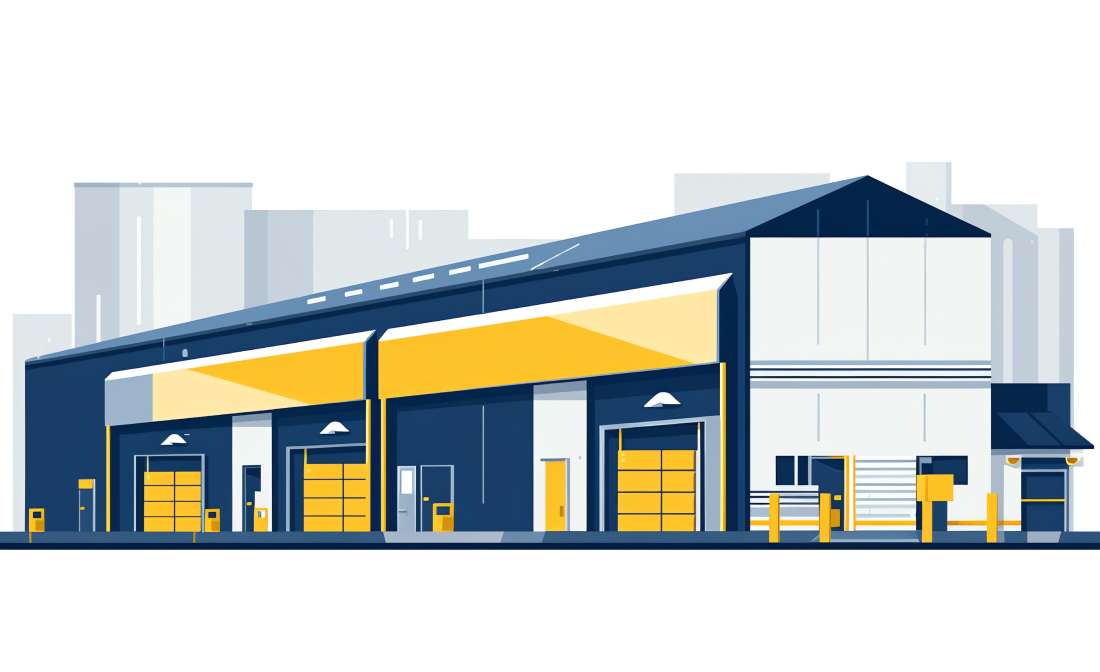This article touches upon the most common problems of production companies with MRP and how ERP systems might help tackle them.
One of the key challenges for manufacturing companies is balancing supply and demand in order to optimize costs and warehouse space. There are lots of factors that can influence the equation, such as the warehouse capacity and turnover rate, excessive or insufficient stocks, changes in orders, etc.
Material resource planning (MRP) is a method of planning and controlling inventory and production schedules that aims at managing company resources more effectively and cost-efficiently. MRP takes into account various business processes while focusing on customer demand. Without MRP, it would be very difficult to effectively manage resources, tasks, and procurement.
Leftovers/lack of materials
One of the direct consequences of ineffective material resource planning is the surplus or the lack of raw materials or inventory at the warehouse. Both situations may eventually lead to financial losses and are therefore to be avoided. By optimizing stocks in accordance with the current demand level, manufacturers can at the same time reduce overspending on supplies and make sure they have enough resources to fulfill incoming orders.
To do so, it’s crucial to have an accurate real-time knowledge of how many materials are currently on-site, how many are expected to arrive, how many have been committed to production, as well as the forecasted stock levels. On the other hand, by analyzing order history and production volumes in retrospect, one can roughly estimate the required amount of materials. With all this data on hand, and especially when it’s collected over a certain period of time, companies can leverage inventory management tools to balance the demand and the stocks.
Decreased warehouse space turnover
Another disadvantage of poor material resource planning is the inefficient utilization of warehouse space. For example, when the warehouse is overloaded with a certain type of material as a result of a demand-stock imbalance, you might not have enough space to accommodate another type of material that is lacking. etc.
With dozens or even hundreds of stock articles, managing warehouse space can be a challenging task. But it’s by optimizing MRP and organizing good space utilization that you can improve warehouse performance. Modern ERP solutions like 1C:Drive are well-suited for addressing both of these issues.
Changes in orders
Changes in orders are inevitable, so you need to be able to quickly adjust the production plan, including the materials requirements. When handled manually or in several different systems, this might become a real challenge because you will need to correct data simultaneously in many Excel sheets, which is also a source of errors.
With MRP automation, flexibly adjusting the production plan to the new order requirements is not a problem anymore since all the information is updated automatically in no time. Besides, you’ll be able to estimate lead time with greater precision, and meet clients’ expectations even when they are changing requirements.
Missed/delayed orders
Even when the whole production chain is functioning seamlessly, there’s a certain percentage of missed or overdue orders due to unforeseen circumstances. But when the MRP part is problematic, the number of failed orders might increase dramatically, resulting in vast financial losses and a tarnished reputation.
For example, seasonal fluctuations in demand, like those during winter holidays, can put your whole production process to the test. In case you fail to predict the surging demand levels, you might have a hard time with MRP, fulfilling and delivering orders on time. Another example is bad communication between the sales department and the procurement staff, which often leads to inefficient procurement planning.
How 1C:Drive helps production companies deal with these issues
1C:Drive provides an extensive framework for effective material resources planning, including demand planning, procurement scheduling, data tracking, and full control of availability of materials and components, required to fulfill the production schedule. Moreover, there are functions that will help you improve your warehouse efficiency and optimize inventory management.
With 1C:Drive, you will always be aware of the current stocks available, expected to arrive, and the current production needs. For example, the Bill of materials explosion report enables you to see the complete list of components required to manufacture the product, including all parts. You will be able to purchase required materials based on the customer demand analysis, and, as a result, forecasted demand for materials supplies.
1C:Drive is an all-in-one solution that will help you eliminate ineffective manual labor and streamline the planning and procurement processes for greater productivity and profitability.







